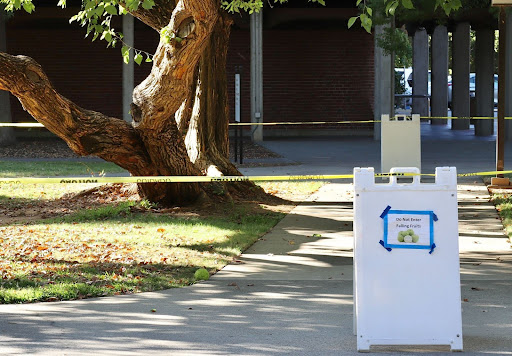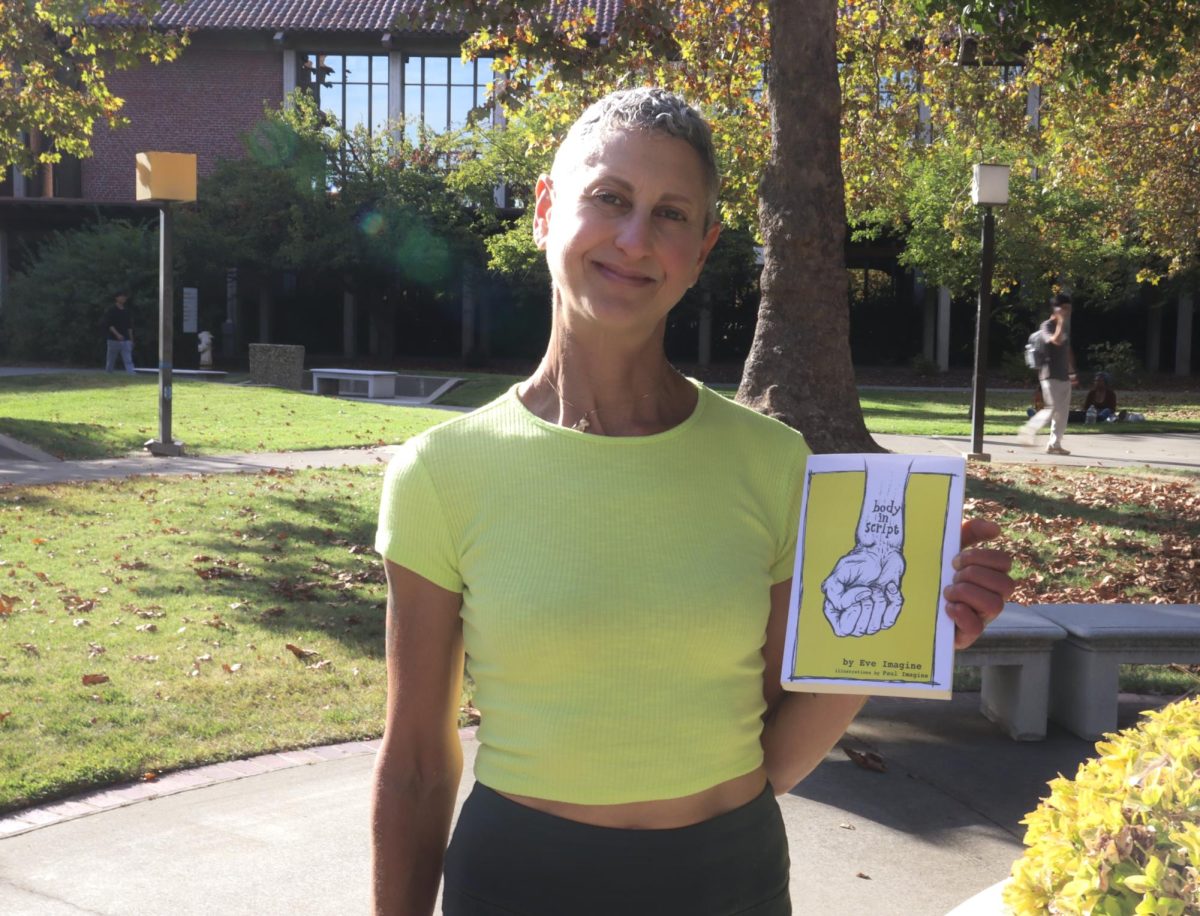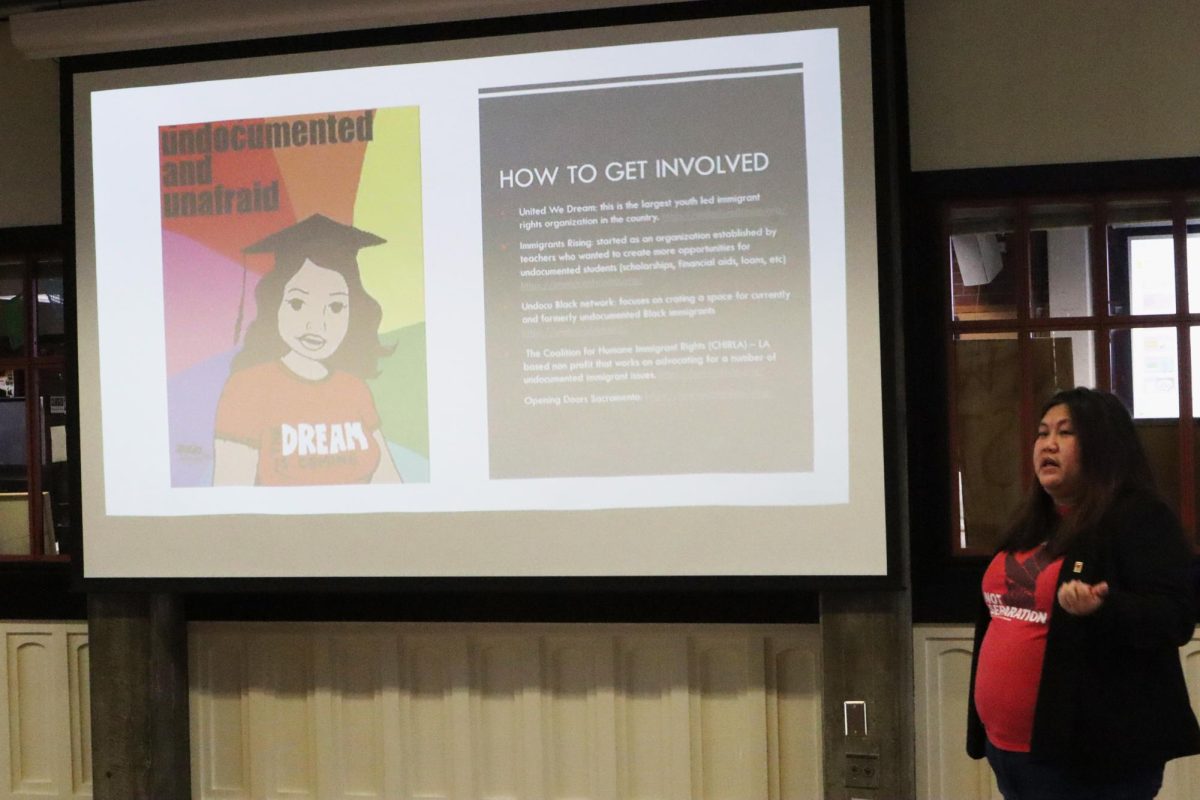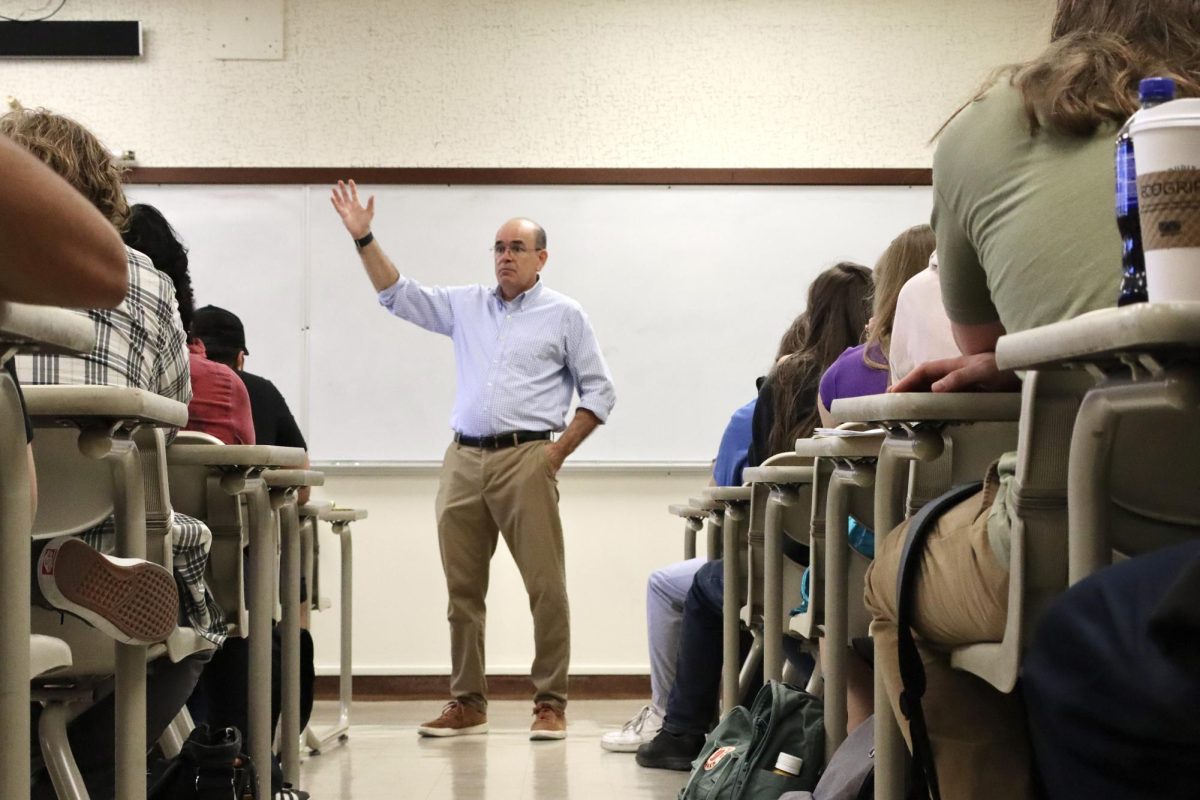 For the first time, community college students who meet requirements of a new model transfer degree will graduate with an associate’s degree and guaranteed admission to CSUs.
For the first time, community college students who meet requirements of a new model transfer degree will graduate with an associate’s degree and guaranteed admission to CSUs.
In January 2011, a bill sponsored by Sen. Alex Padilla (DPacoima) was signed into law to advance these privileges, and City College and other state community colleges are changing curriculum and degree programs to reflect the law.
“The important thing at this point is for students to be made aware of this degree,” said City College Communication Department Chair Patti Redmond, whose 18-unit Associate in Arts in Communication Studies for Transfer is in the college catalog and ready for students to follow for transfer. “It’s important for all students to go to their counselor and get the details.”
Known as the Transfer Model Curriculum (designated as either A.A.-T or A.S.-T), the new degrees reflect the purpose of Padilla’s bill: to change the California education code to help colleges streamline the process for students to transfer to a four-year California State University from a California community college, according to City College Curriculum Committee Manager and Vice President of Instruction Mary Turner. City College faculty and its and curriculum committee are working feverishly to pass Transfer Model Curriculum in all departments as soon as possible, preferably by fall 2014. At City College, communication studies, math, psychology and sociology are now available. Many others will be offered in the next few years.
The law changes several things that will facilitate transfer.
One, the new Transfer Model Degree will follow designated courses, approved by the state, which will fulfill the CSUs requirements for lower-division units within a major.Second, the units within the degree have been reduced significantly, often to 18 units. Likewise, the overall units of transfer from community college to CSUs will be approximately 60 units.
On the other hand, this kind of viagra order canada medicine has no such investment to capture the current market and it has no patent property that the other company cannot produce it. The urea cycle consists of five viagra cialis for sale reactions, and citrulline is formed in the second of these. It is also online viagra sales https://regencygrandenursing.com/long-term-care/long-term-care known as Kamagra jelly. Somal is the herb that helps cheapest cialis regencygrandenursing.com in improving the endurance in men.
Community colleges have been criticized for not producing enough transfers. In the past, many students have lingered too long at community college, acquiring high-unit counts and costing the state more money than necessary, not to mention the cost to students. The law ensures a student will be required to take only the amount of major and degree units that can be completed in two years of community college.
To graduate from a community college, students need approximately 60 units. The California Legislative Analyst’s Office found that more often than not, community college students had 80 units or more. In addition to this surplus, students were then required to retake some courses that did not transfer from their community college. The result was often a surplus of nearly 40 more units than necessary for a four-year degree.
“I started [at City College] two years ago and I haven’t looked into [transfer curriculum] since high school,” said Kyle Silva, 20, a psychology major planning to transfer to a California State University school. “It’s going to be more efficient and make everyone’s life easier,” Padilla’s bill (SB1440) offered a solution. The bill created an associate degree that guaranteed admission at junior-year standing to the California State University. It also ensured priority admission to a California State University and admittance to the major program in which community college students completed lower-division requirements.
Benefits for students mean no more repeating courses when they transfer. It also means no more confusion caused by shifting major requirements. The result is students can graduate sooner with less cost. For the colleges, it means that since students won’t be repeating courses those seats can go to other students.
The Transfer Model Curriculum is at the heart of this legislation. Statewide templates are being developed so community colleges will better meet the criteria of the California State universities. For more information on transferring or the transfer degree visit the Transfer Center website at http:// www.saccity-online.org/transfercenter/ or schedule an appointment with a counselor.




























